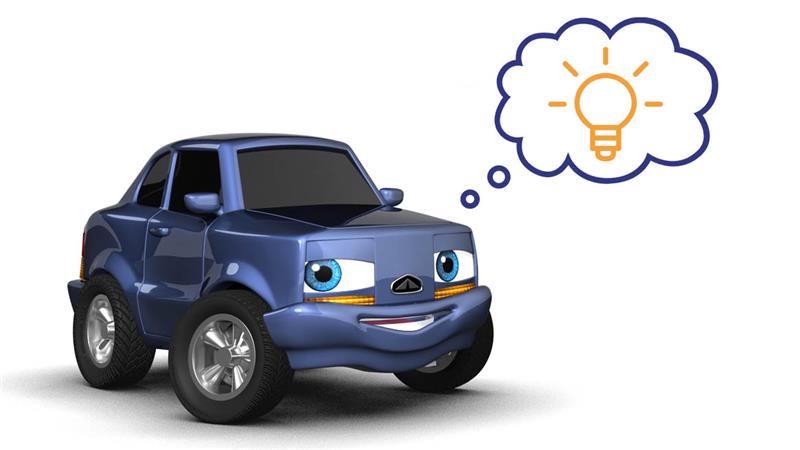No matter what the weather is like outside, your internal combustion engine expects to keep its cool all the time, even when it’s really cold. That’s because engines create the power that moves you to your destination by a series of tiny explosions of a fuel and air mixture. In turn, that generates a lot of heat in a small space.
Your vehicle has a complete cooling system with a lot of different parts that work together to keep the temperature at a point where the metal engine parts won’t heat up enough to warp. Its lifeblood is coolant, a liquid that circulates through the engine (and, in most vehicles, the transmission, too) through a series of hoses and tubes.
In order to get rid of the coolant’s heat, your vehicle has a part you probably recognize: the radiator. It does what its name proclaims: radiates heat. The radiator has a series of thin metal fins that coolant goes through, and when outside air passes over them, the heat is dissipated from the radiator into the air.
The water pump (which is technically a coolant pump) is what propels the coolant where it needs to go.
When there’s a problem in the coolant system, it may because it’s leaking somewhere. A few things to look out for are the temperature gauge heading into the hot, or red, zone, fluid leaks under your vehicle, or the sweet smell of coolant under your vehicle after it’s been parked.
If your vehicle has any of those signs, bring it in so we can check things out. A technician will inspect the water pump and hoses for any signs of leaks. They’ll also look for leaks or holes in the radiator core or cores.
One other potential trouble spot is the radiator cap that can sometimes fail to keep the required pressure in the radiator. Once the problems are fixed, they’ll add the correct coolant and you’ll be on your way. We want you to always keep your cool.
Tylers Auto TV
12485 SW MAIN ST
TIGARD, OR 97223
(503) 639-5588
http://www.tylersautomotive.com


